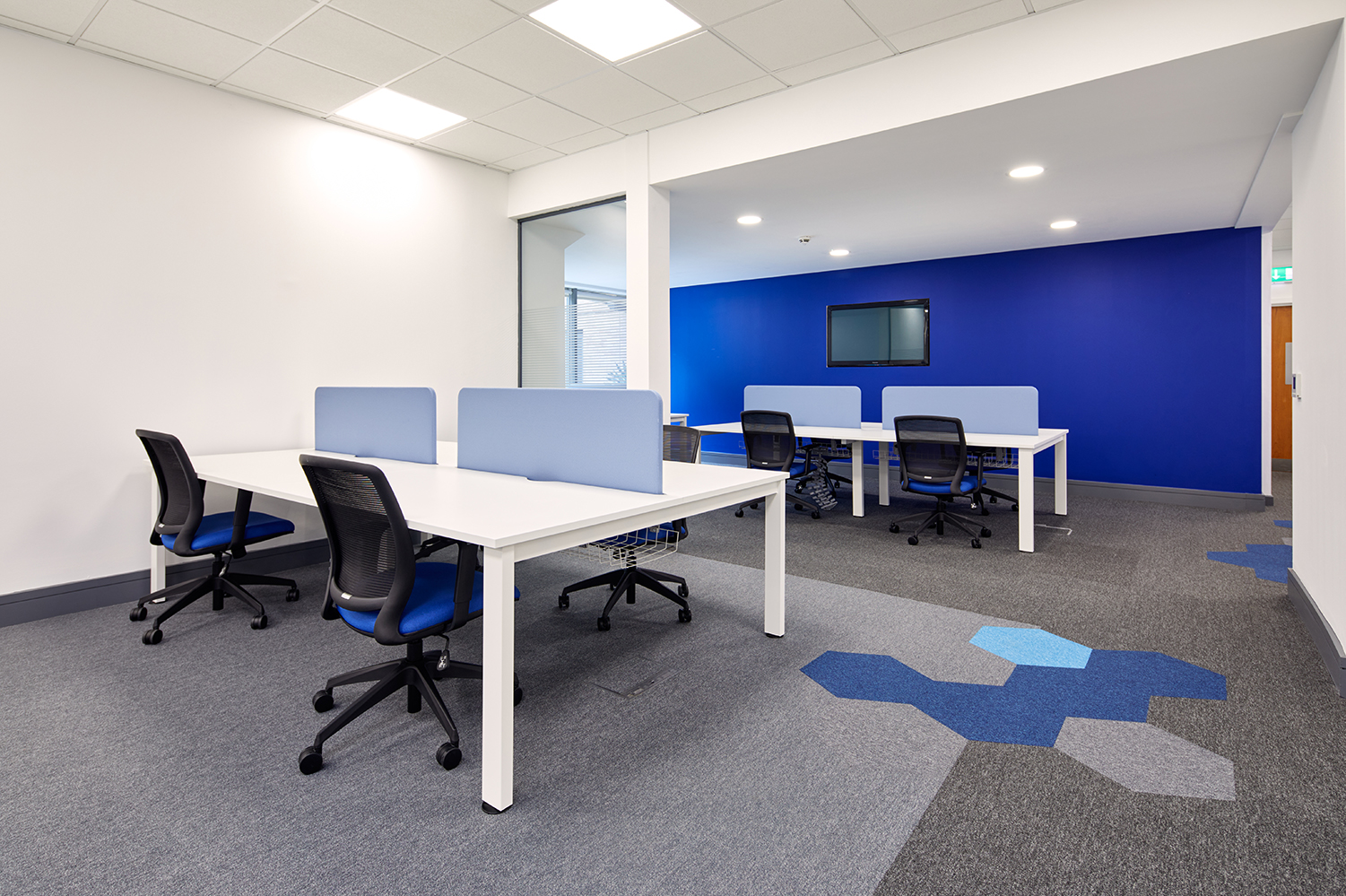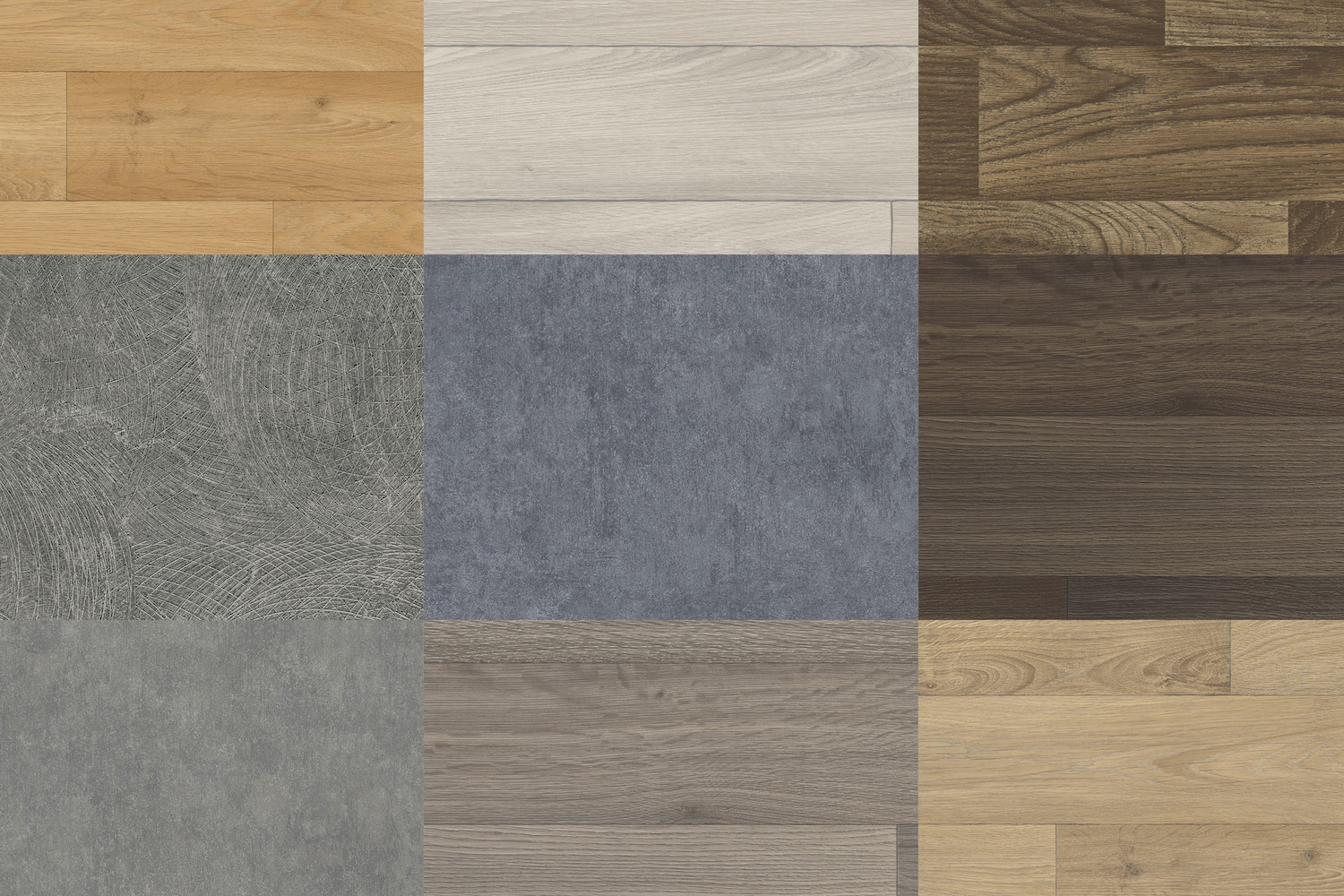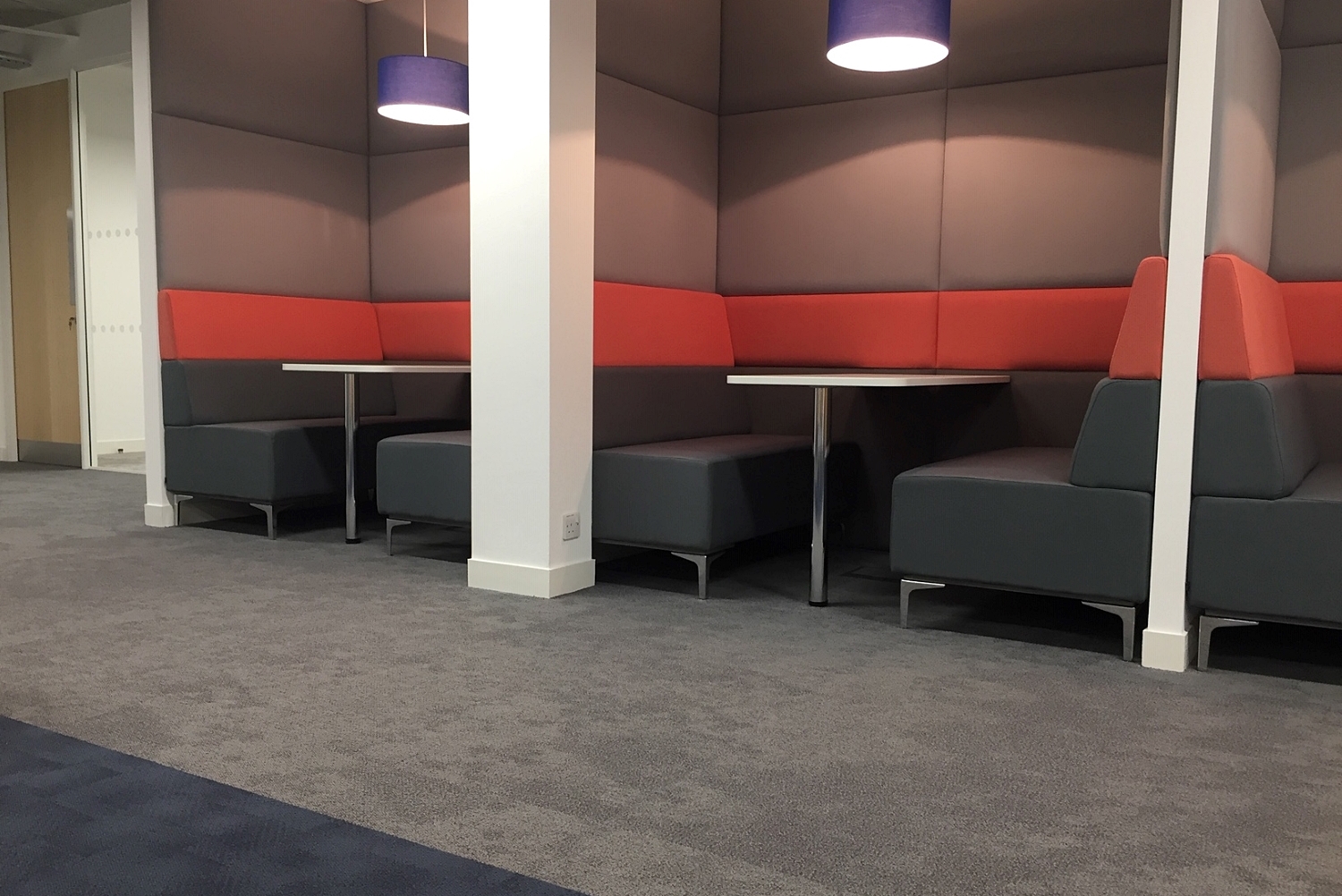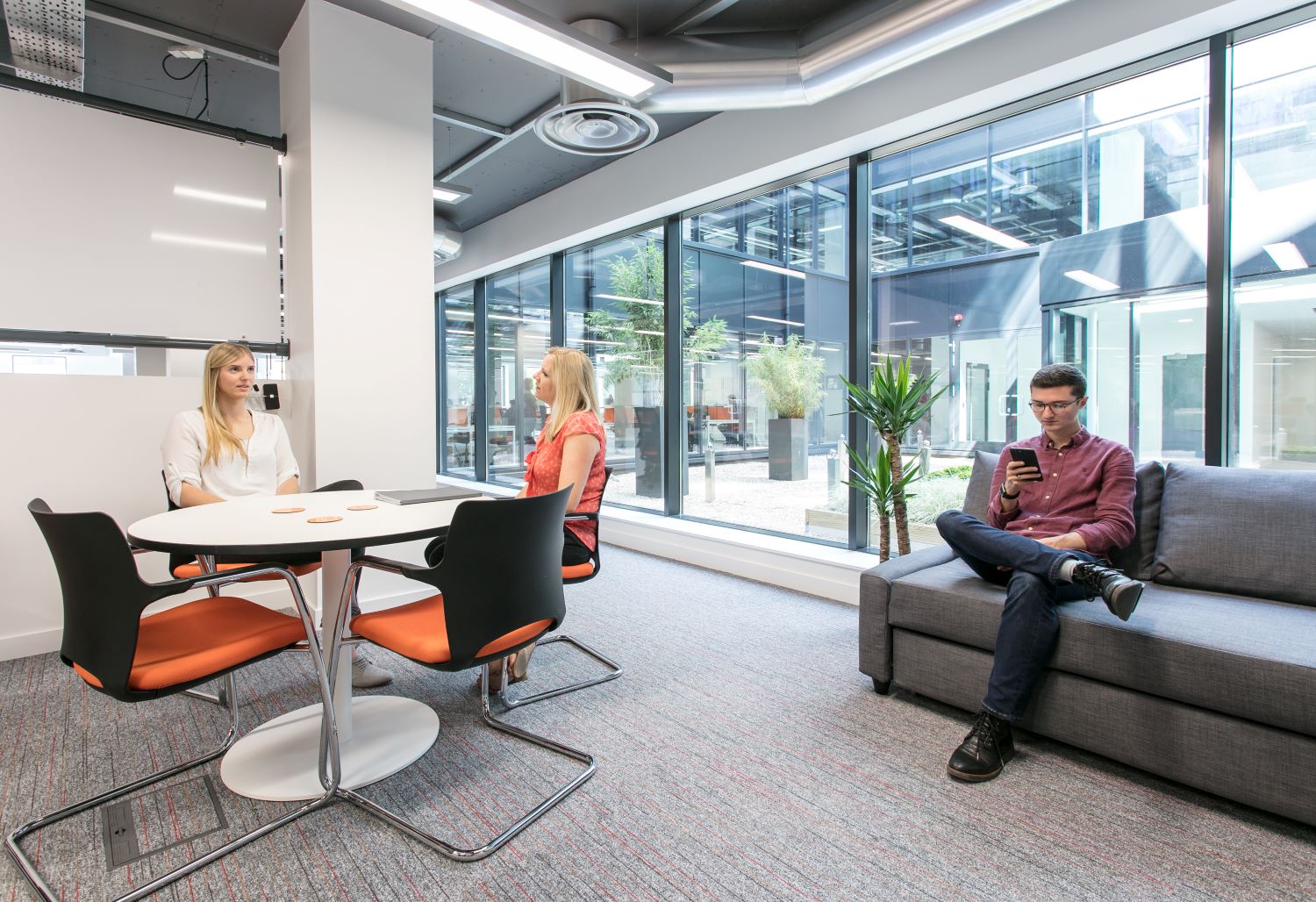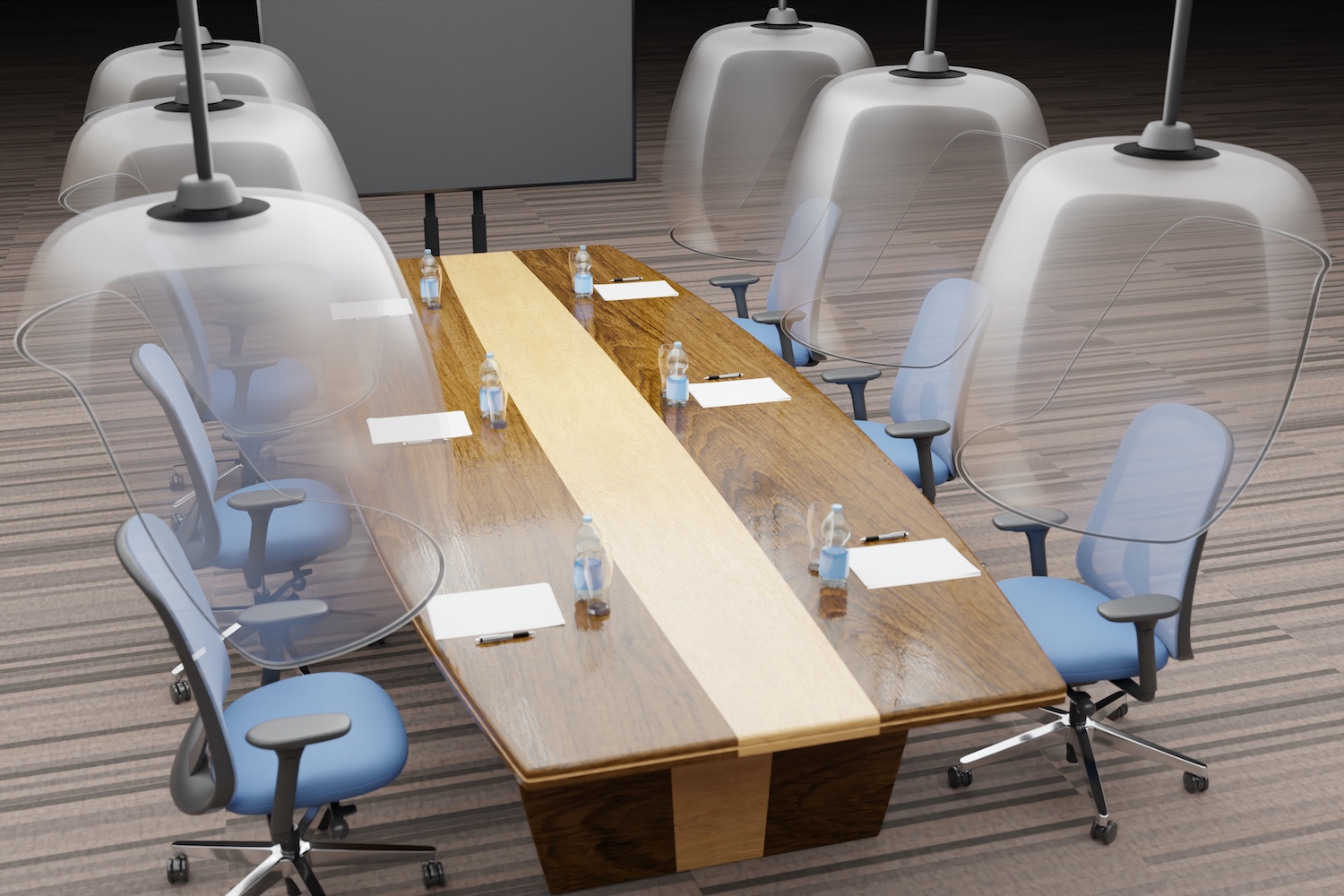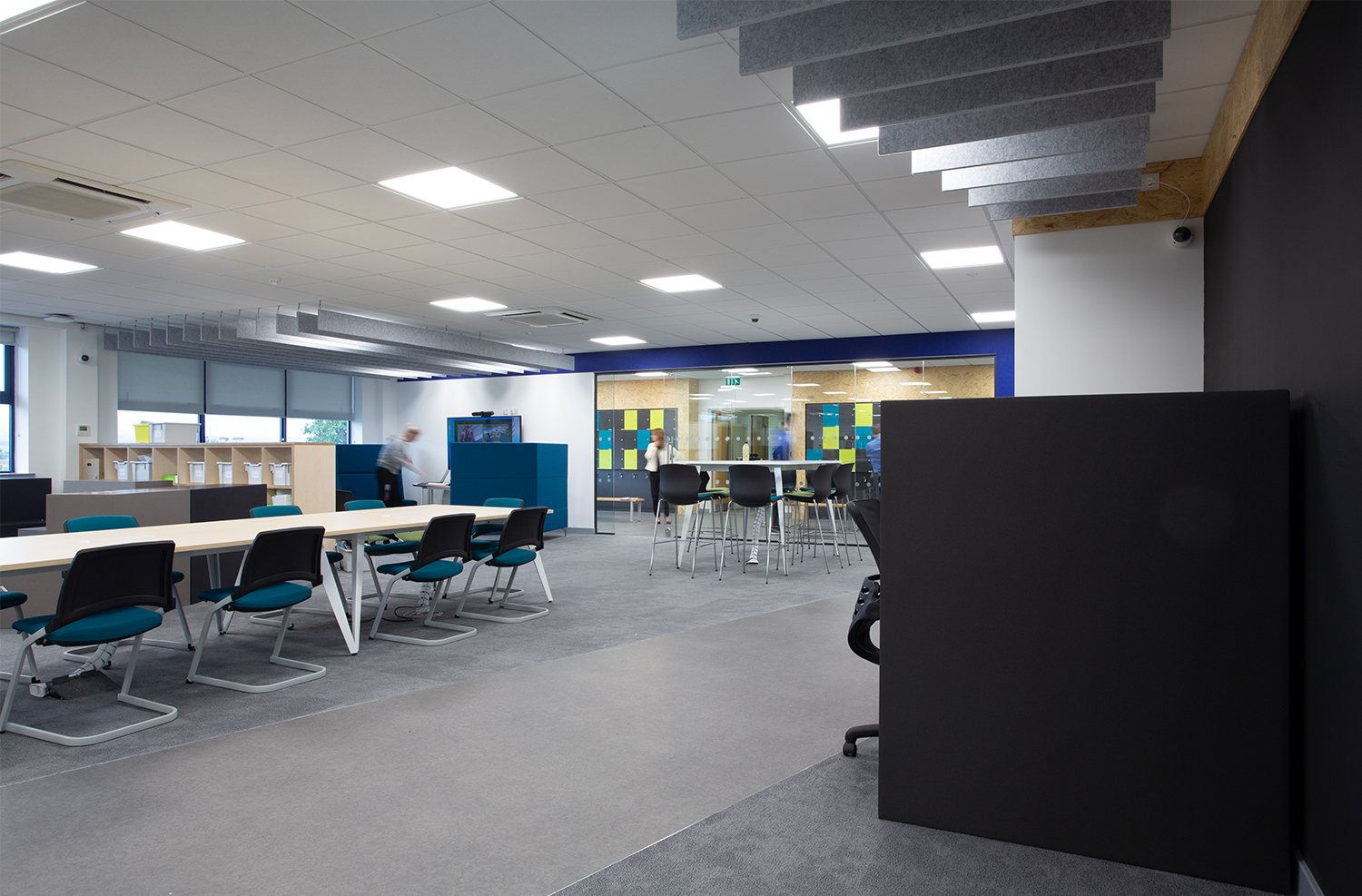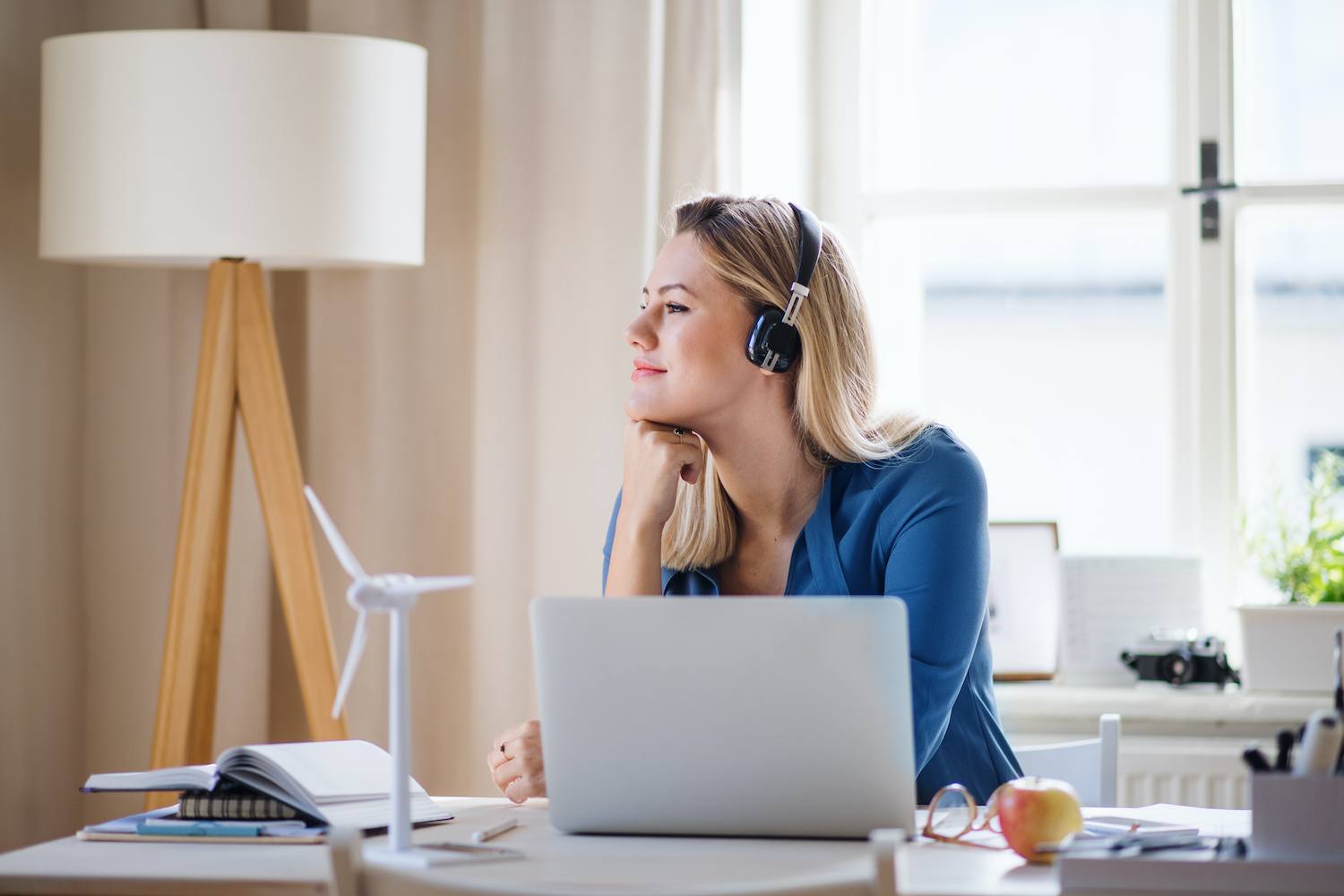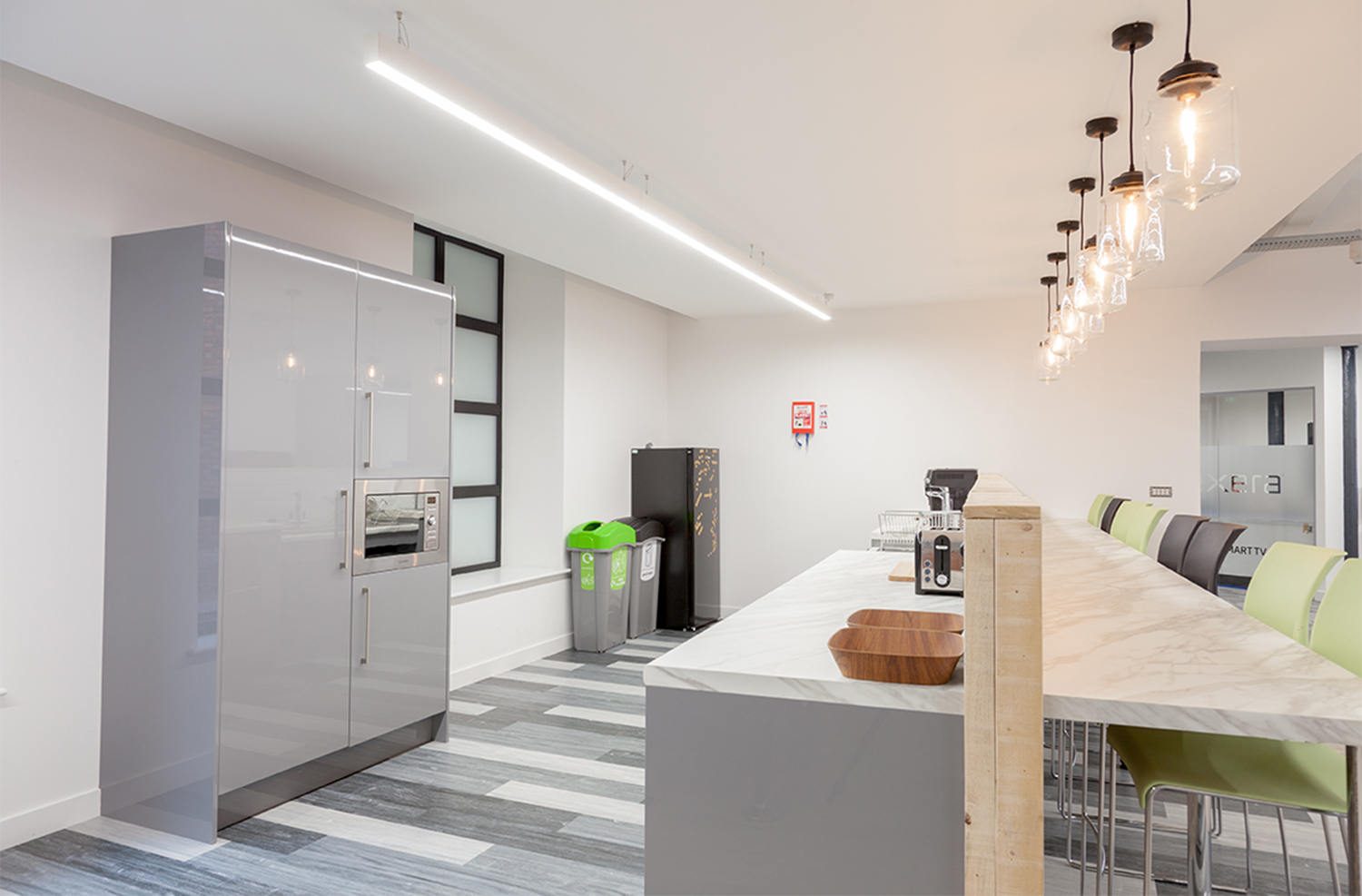Planning an Office Fit-Out
Obviously as an ‘end-user organisation’ finding a great fit-out company is important when planning any office fit-out. However, in addition to researching who to engage for the project, there are a number of tasks you can also complete to ensure everything runs smoothly.
For a business, an office fit-out can create a whole new look for your space, boosting staff morale and impressing stakeholders. If you are responsible for this task, continue reading for our tips to a successful project.
Research
Many office fit-out partners will help you evaluate if your current space will be right for you in the future, considering workflow, projected growth and in the current climate, how people are likely to work in the future. Anything you can do in advance though will help give clarity to your brief. Understand what employees like and dislike about the current workspace, and have a clear idea of why you are making the changes – expansion, contraction, morale, technology, image etc.
Plan ahead
It is just as important to plan your internal project lead and team, as it is finding the right company to partner with. Choose someone to lead who will be inclusive, will have the right level of authority and has good project management skills. If multiple departments are involved ensure they are represented adequately whenever you can.
When it comes to finding the right partner, consider the extent of the brief so you can ensure they will offer you the right level of support. Do you need assistance for instance in writing the brief itself, conducting a feasibility study, space planning, furniture procurement, guidance on legal obligations and liabilities, installation of utilities, discussions with your landlord etc.?
While you may not know initially how much it is going to cost you may have a maximum budget in mind. When getting quotes you should ask for advice on all the costs not only those associated with the job from the supplier’s perspective but also what else they believe you should anticipate. If a property is leased, your landlord may be willing to assist with the costs.
Be clear on levels of disruption
Communication is essential in minimising disruption, so it is important that the company you are working with are aware of any specific deadlines you are hoping to achieve. You need to discuss with them whether it is possible for you to remain in the office while the fit-out occurs, or whether they will need to move. If you are moving, ensure you have organised telephone lines and technical requirements. Also are their items of furniture, fixings and fittings you want to keep – that will not only affect budgets but can also impact on how the job is done.
Check legal issues
Check the lease terms and find out if it is a listed building. It is also essential to obtain the landlord’s consent for alterations and understand your obligations for when you vacate. Make sure a fire risk assessment is done, ensure you understand all liabilities and insurance cover, any planning permission requirements and environmental obligations. These tasks need to be completed before any fit-out can begin.
Interior design considerations
It is worth having insights to current design trends yourself as this may inform your decisions and can certainly help discussions. In current times, it is also essential to think about social distancing measures, which could continue long into the future. How can the space be used in a practical and safe way?
Here to help
New flooring is an essential part of any office fit-out, which is where Duraflor can help. We offer commercial flooring including carpet tiles, luxury vinyl tiles and looselay LVT, which can transform any office space. We work closely with many fit-out companies and can help them and you decide on the best flooring for your new look premises. We see our flooring as the canvas for yours and their ideas.
